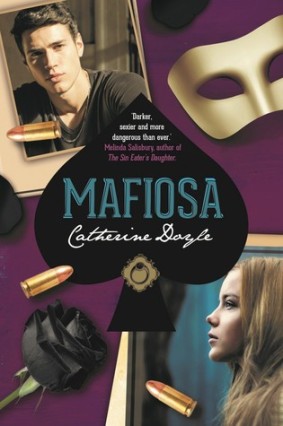As a book blogger, it can feel like you constantly have to be on top of all the biggest books or constantly harping on about new releases. But there’s only so much time in the day, and inevitably books are going to slip through the net! That’s right, you guys, I’m basically about to name and shame my own TBR pile. I know I’m going to be inundated with recommendations after this, but I’ll get around to them at some point… I think…

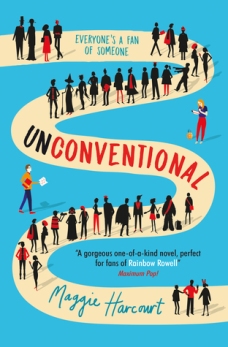 Unconventional by Maggie Harcourt
Unconventional by Maggie Harcourt
Lexi Angelo has grown up helping her dad with his events business. She usually stays behind the scenes – until the messy-haired, almost arrogant Aidan Green arrives unannounced at the first event of the year, throwing her life into dissaray. In a flurry of late-night conversations, mixed messages and butterflies, Lexi discovers that some things can’t be planned. Things like falling in love…
I’ve heard lots of praise for this convention-set contemporary (published by Usborne in spring 2017), particularly for its nerdy characters, cute romance and mentions of fandom. It sounds like just the sort of thing one could use for a light sojourn in contemporary, so it’s definitely high up on my to-be-read list!
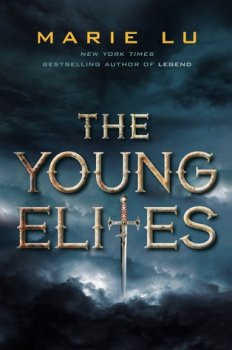 The Young Elites by Marie Lu
The Young Elites by Marie Lu
This entire trilogy – about Adelina, who survived a blood fever that gave her silver hair and a scar instead of a left eye, Teren, the leader of an inquisition which hunts down any ‘malfetto’ it can, and Enzo, a member of a secret society which tries to get there first and reveal survivors’ mysterious gifts – came and went before I realised I hadn’t read more than an extract! Marie Lu’s Legend books constitute probably the only YA dystopian trilogy I’ve ever actually liked, and I’ve come close to picking up The Young Elites as the quality of her writing has the potential to appeal. However, high fantasy is more reliably my cup of tea than dystopia-SFF.
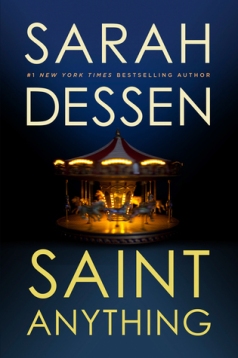 Saint Anything by Sarah Dessen
Saint Anything by Sarah Dessen
I really enjoy Sarah Dessen’s books, but Saint Anything, her twelfth, is among the few I haven’t read. The premise is fairly standard American YA fare (it’s about a teenager whose older brother takes the family spotlight until he causes a car accident and is jailed, before protagonist Sydney indulges in some self-discovery and acceptance among a warm, chaotic family called the Chathams who run a pizza parlour and play bluegrass). It’s a little less original than the premise of her 2017 book, Once and For All, but I’ll probably get around to reading more of her back catalogue one day.
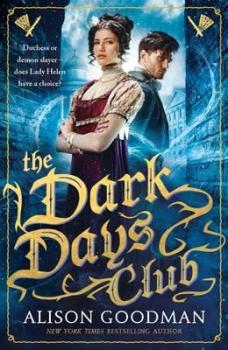 The Dark Days Club by Alison Goodman
The Dark Days Club by Alison Goodman
London, April 1812. On the eve of eighteen-year-old Lady Helen’s presentation to the queen, one of her family’s maids disappears, and Helen is drawn into the shadows of Regency London. There, she meets Lord Carlston, one of the few who can stop the perpetrators: a cabal of demons infiltrating every level of society. Dare she ask for his help, when his reputation is almost as black as his eyes? Will her intelligence and curiosity finally be put to good use, or are they falling into a trap?
Okay, so this one isn’t for want of trying! I’ve started my copy of The Dark Days Club TWICE in full-on-choice-snack-and-nearby-cat reading sessions without success. I read an excerpt before it was released, too, and I really liked the supernatural historical fiction concept. There’s just something about the book as a whole – maybe the dense prose or chunky length – that makes it a little inaccessible. Maybe I’ll have to try an audiobook instead?
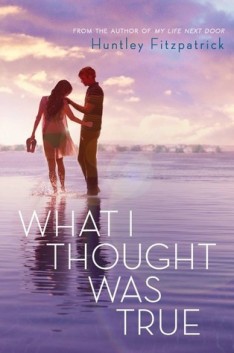 What I Thought Was True by Huntley Fitzpatrick
What I Thought Was True by Huntley Fitzpatrick
When Gwen’s Biggest Mistake Ever, Cassidy, takes a job as a yard boy on her small island, it’s the last thing she wants. He’s a rich kid from Stony Bay, while she’s from a family of fishermen and cleaners who keep the island guests happy. Just when it looks like she’ll never escape her past – or a future spent cleaning summerhouses – she gets some shocking advice. Sparks fly and histories unspool as she spends a restless summer struggling to resolve everything she thought was true.
When I was researching this post I couldn’t believe What I Thought Was True was published way back in 2014! I loved My Life Next Door, and always assumed I’d get around to reading this standalone eventually. But it looks like the appeal of the Garrett family – who also appear in a companion novel to Fitzpatrick’s début, The Boy Most Likely To, which I have read – wins out for me! I’m still keen to see what Fitzpatrick writes next.
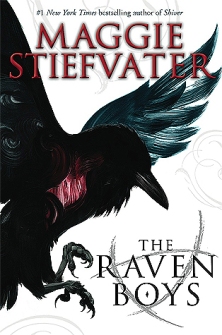 The Raven Boys by Maggie Stiefvater
The Raven Boys by Maggie Stiefvater
For as long as she can remember, Blue has been warned that she will cause her true love to die. Even living in a house where clairvoyance is common, she never thought this would be a problem. But as she gets caught up in the strange and sinister world of the private school Raven Boys – Adam, Ronan, Noah and the one whose death seems to have been predicted, Gansey – she’s not so sure anymore…
The Raven Boys is possibly the Most Hyped YA Book of Ever, but that alone is enough to make me less inclined to read it. There’s just so much endless hype, rarely including stylistic critique or detail. I think most series would struggle under so much super-inflated expectation. Also, I can’t read Gansey seriously as a hero because HIS NAME LITERALLY MEANS JUMPER. ‘Gansey’ is the anglicised or slang version of the Irish term ‘geansaí’ (jumper, sweater). I can’t read it without laughing. It’s like trying to tell me a love interest is called ‘Cardigan’ or ‘Dungarees’. Additionally, why is Owain Glyndŵr’s name being mutilated. ARE YOU AFRAID OF OTHER LANGUAGES.
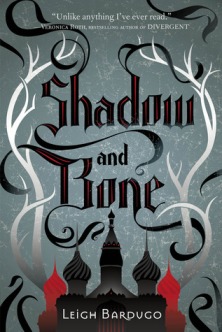 Shadow and Bone by Leigh Bardugo
Shadow and Bone by Leigh Bardugo
Okay, this is a big-hitter. As a YA fantasy fan, I’ve tried to get into Leigh Bardugo’s Shadow and Bone. But the Grishaverse just hasn’t clicked for me. I think the genre has moved on from the character types of the trilogy at this point, too. I have read Six of Crows and think its characters and plot (a fantasy heist!) are really striking, but found it too steeped in Grishaverse worldbuilding for it to stand entirely on its own two feet. I know A LOT of readers love these books so I reckon the series will be perfectly fine without another jumping on the bandwagon. Besides, YA is full of great fantasy books – you could probably read it exclusively and never get around to them all!


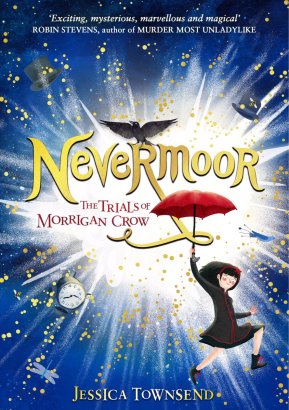 Author(s): Jessica Townsend
Author(s): Jessica Townsend
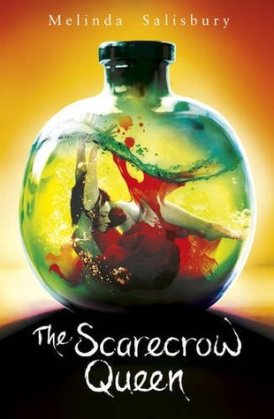 Author(s): Melinda Salisbury
Author(s): Melinda Salisbury

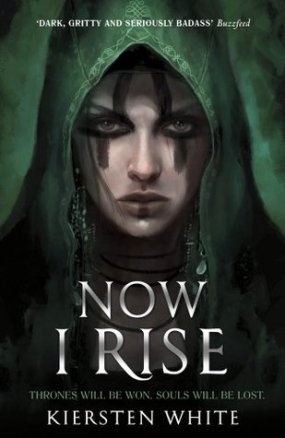


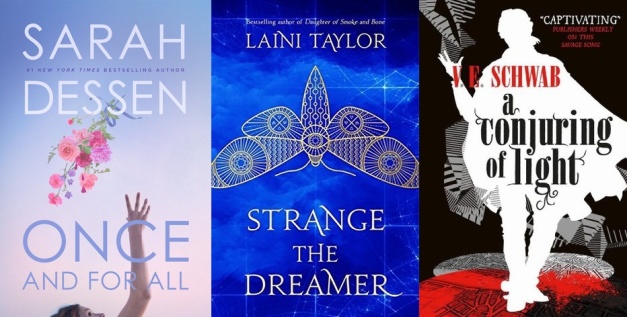
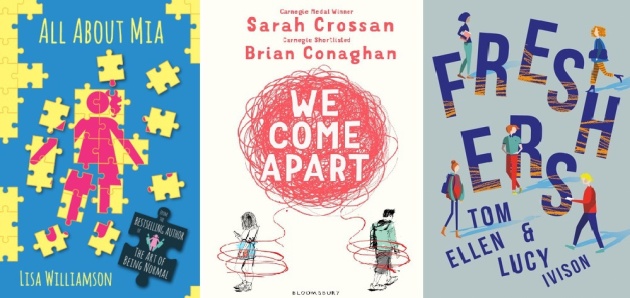
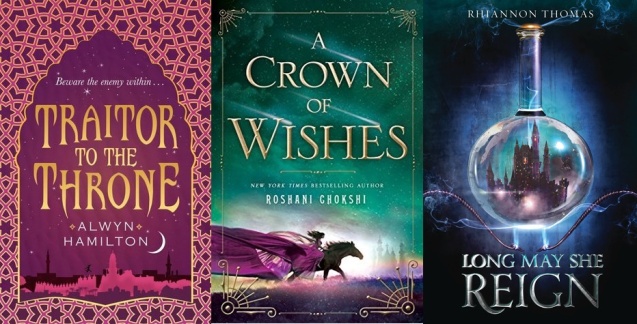

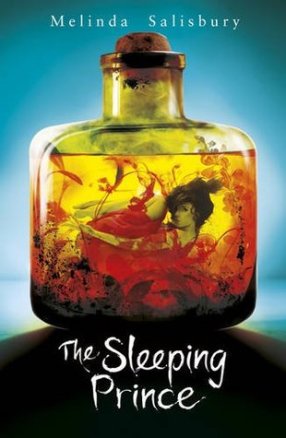 Author(s): Melinda Salisbury
Author(s): Melinda Salisbury

 Author(s): Sophia Bennett
Author(s): Sophia Bennett


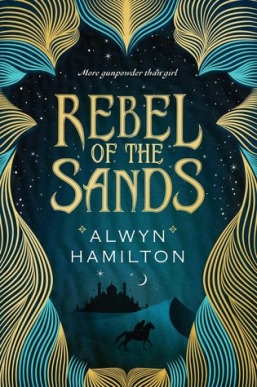 Author: Alwyn Hamilton
Author: Alwyn Hamilton

